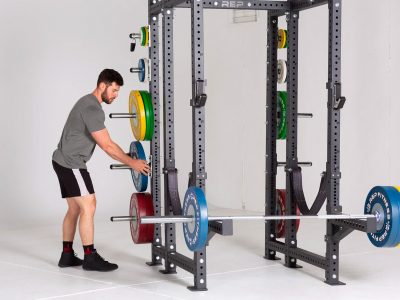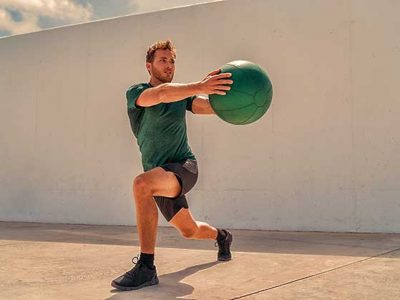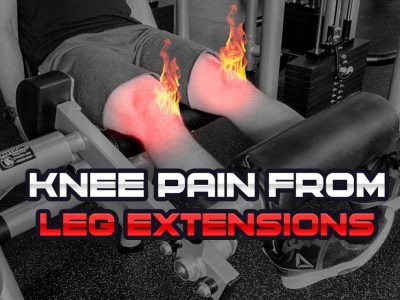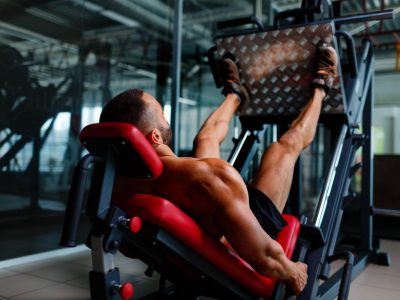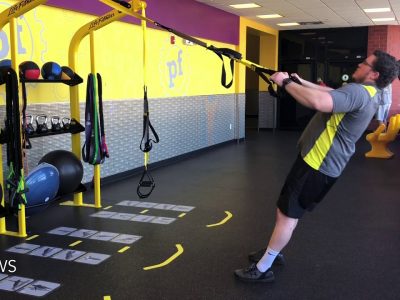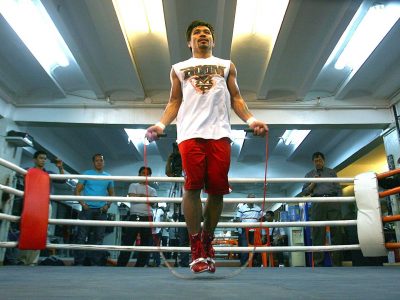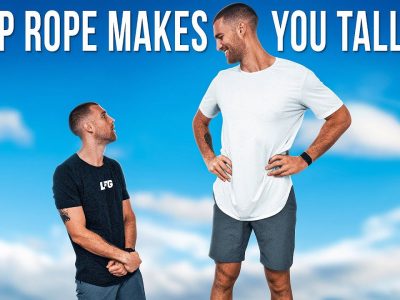Does using a rowing machine make your back muscles wince with discomfort, or are you uncertain about the impact of this fitness tool on your spinal health?
It’s essential to note that improper usage of a rowing machine can potentially lead to lower back injuries.
Bạn đang xem: Is Rowing Machine Good For Your Back Updated 07/2024
This blog post promises to shed light on how you can reap maximum benefits from a rowing machine without straining your back.
Ready for an informative ride towards optimal back wellness?.
How Rowing Machines Can Benefit Your Back
Strengthening the back muscles
Rowing machines have gained popularity in the fitness world, primarily due to their unrivaled ability to strengthen back muscles.
This full-body workout targets multiple major muscle groups but especially shines when it comes to engaging and toning your back muscles.
Each stroke you take on the machine works out both your upper and lower back, including often neglected areas like your lats and traps.
Not just that, regular workouts can also help combat one of America’s leading health issues – back pain.
According to research, strengthening exercises such as rowing may improve chronic lower back pain symptoms by up to 75%.
However, maintaining proper form while using a rowing machine is crucial for reaping these benefits without risking injury or strain; poor technique can lead to discomfort or even potential lumbar spine injury.
So ensure correct posture every time you hoist those oars!
Improving posture
Rowing machines can have a significant impact on improving your posture. By engaging the muscles in your back, shoulders, and core, rowing helps to strengthen these areas and encourages proper alignment of the spine.
As you perform each stroke on the rowing machine, you naturally lengthen your spine and open up your chest, counteracting the effects of slouching or sitting for long periods.
Not only does rowing help to strengthen the muscles responsible for maintaining good posture, but it also promotes increased awareness of your body’s position.
This heightened body awareness translates into better postural habits throughout daily activities.
Whether you’re sitting at a desk or lifting heavy objects, having strong back muscles from rowing can make it easier to keep an upright and aligned posture.
Increasing core stability
Rowing machines are excellent for increasing core stability. As you row, your entire core, including your abdominal muscles and lower back, is engaged to maintain balance and control throughout the movement.
Xem thêm : Best Machine In Gym To Lose Belly Fat Updated 07/2024
This helps to strengthen these muscles over time, leading to improved stability and support for your back.
A strong core also means better posture, reduced strain on the spine, and decreased risk of injuries.
So if you’re looking to build a stable foundation for a healthy back, incorporating rowing machine exercises into your routine is a great choice.
Common Back Injuries While Rowing
Lower back pain
One of the most common concerns when using a rowing machine is lower back pain. The repetitive motion involved in rowing can put strain on the muscles and joints in your lower back if not done correctly.
It’s important to maintain proper posture and technique while rowing to avoid discomfort and injury. By engaging your core muscles and keeping your spine aligned, you can minimize the risk of experiencing lower back pain.
Regular stretching exercises before and after rowing sessions can also help alleviate muscle tension and reduce the likelihood of developing this type of pain.
So, it’s essential to pay attention to form, follow correct technique, and listen to your body when using a rowing machine for a safe workout that supports a healthy back.
Upper and middle back pain
Rowing machines can be a great way to strengthen your upper and middle back muscles, which in turn can help alleviate pain in those areas.
The rowing motion engages the muscles in your upper back, including the rhomboids and trapezius, as well as the muscles around your shoulder blades.
By regularly using a rowing machine, you can target these muscles and improve their strength and endurance.
One of the main causes of upper and middle back pain is poor posture. Sitting for long periods or slouching can put strain on these areas, leading to discomfort.
Rowing exercises require proper posture to perform correctly, which helps train your body to maintain good posture even when you’re not exercising.
This improved alignment can reduce stress on your back and help prevent future pain.
Remember that correct technique is crucial when using a rowing machine. Maintaining proper form during each stroke will ensure that you are targeting the right muscle groups without putting unnecessary strain on your back.
Make sure you start with a low resistance level and gradually increase it as your strength improves. This gradual progression will reduce the risk of straining or injuring your upper and middle back.
Causes and prevention
- Poor technique and form, such as rounding the back or using the shoulders too much in the rowing motion.
- Overtraining or pushing yourself too hard without giving your back enough time to rest and recover.
- Using a rowing machine that is not properly adjusted to your body size and proportions.
- Not maintaining proper posture throughout the exercise, including slouching or arching the back.
- Focus on maintaining a neutral spine position throughout the rowing motion, avoiding excessive rounding or arching of the back.
- Engage your core muscles to provide stability and support for your spine during each stroke.
- Start with shorter workout sessions and gradually increase intensity and duration to avoid overtraining.
- Adjust the foot straps, seat height, and handlebar position of the rowing machine to ensure proper alignment with your body.
- Incorporate regular stretching exercises for your back muscles before and after each rowing session to improve flexibility and reduce tension.
Correcting Rowing Technique for a Healthy Back
Proper posture
Maintaining proper posture while using a rowing machine is crucial for protecting your back and preventing discomfort or injury.
Slouching or rounding your shoulders can lead to strain on the muscles in your back, especially the lower back.
To ensure that you have good posture, sit tall with your spine aligned and your shoulders pulled back.
Xem thêm : Can Resistance Bands Break Updated 07/2024
Avoid hunching forward or leaning too far back during each stroke. By maintaining proper posture throughout your workout, you can effectively engage and strengthen the muscles in your back while minimizing the risk of pain or injury.
Using the right settings
Using the right settings on a rowing machine is crucial to ensure a healthy back and avoid potential injuries.
Adjusting the resistance level of the machine will help you find the right balance between challenge and strain.
Start with a lower resistance setting if you’re new to rowing or recovering from a back injury, gradually increasing it as your strength improves.
Additionally, pay attention to the foot straps and make sure they are secure to maintain proper form throughout your workout.
By using the correct settings, you can optimize your rowing experience for maximum back support and prevent unnecessary strain on your muscles and joints.
Remember, rowing machines are designed to provide an effective full-body workout while minimizing impact on your joints.
Taking advantage of adjustable settings ensures that you can customize your workout based on your individual fitness level and back health goals.
Avoiding overtraining
To keep your back healthy and prevent injuries while using a rowing machine, it’s important to avoid overtraining.
Overtraining can put excessive strain on your muscles and joints, leading to discomfort and potential injury.
It’s crucial to listen to your body and not push yourself beyond what feels comfortable.
Remember, rest is just as important as exercise when it comes to maintaining overall fitness. Give yourself adequate time between rowing sessions for your muscles to recover and repair themselves.
This will help prevent fatigue and reduce the risk of overuse injuries.
Additionally, vary your workouts by including other exercises that target different muscle groups. This will give your back a break from repetitive motion while still allowing you to maintain strength and endurance.
Incorporating stretching exercises into your routine can also help improve flexibility in the back muscles, reducing the chance of tightness or strains.
Conclusion
Rowing machines can be incredibly beneficial for your back. They strengthen the back muscles, improve posture, and increase core stability.
By using the correct technique and settings, you can prevent common back injuries associated with rowing.
So go ahead and incorporate rowing into your fitness routine to enjoy a healthy and pain-free back!
Nguồn: https://usgyms.net
Danh mục: Gym Equipment

